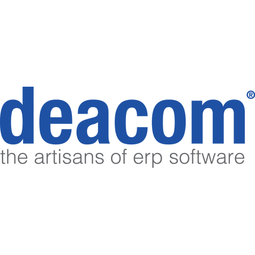Case Studies.
Add Case Study
Our Case Study database tracks 18,927 case studies in the global enterprise technology ecosystem.
Filters allow you to explore case studies quickly and efficiently.
Download Excel
Filters
-
(1)
- (1)
- (1)
-
(1)
- (1)
-
(1)
- (1)
- (1)
- (1)
- (1)
- (1)
- (2)
- (1)
- (1)
- (1)
- (1)
- (1)
- (1)
- (2)
- (1)
- (1)
- (2)
Selected Filters

|
Tripling Sales with Deacom ERP: A Case Study on Copps Industries
Since 1979, Copps Industries has been a global provider of epoxy resins to various markets. However, the company faced challenges in scaling to meet market demand due to outdated technology and manual workarounds to fill in process gaps. The company relied heavily on people to deliver scalable and repeatable processes, which limited the volume of SKUs manageable by their small team. Copps was also burdened with an outdated disk-operating system (DOS) that no longer supported its business needs, and employees struggled with managing a paper trail of documents. The retirement of two 20+ year veterans further complicated matters, leading to issues with process control and onboarding new employees. Copps Industries needed a solution that would tighten process control, scale with its business, and centralize information for easy access.
|
|

|
Implementing Deacom ERP for Enhanced Quality Control in Nature’s One
Nature’s One, a leading company in organic nutrition for babies, kids, and moms, was facing challenges in maintaining its high standards for product purity and nutrition due to the limitations of its existing systems. The company was using a mix of different solutions for various operations, including accounting and finance, which resulted in a lack of visibility and a long paper trail. The company could no longer rely on spreadsheets or disparate files for inventory, ingredients, and purchasing information. They needed a comprehensive solution that could streamline their operations, improve visibility, and help them uphold their commitment to product purity and safety. The solution also needed to be able to keep up with regulatory requirements without being bogged down by bolt-on customizations.
|
|

